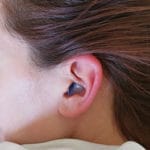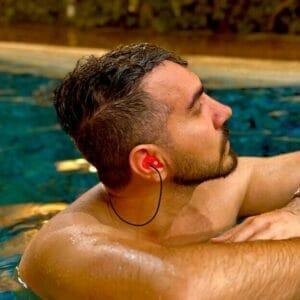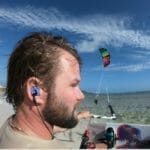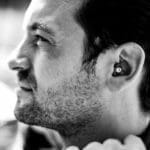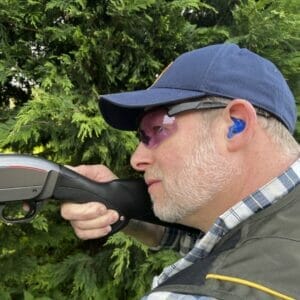Wearing a helmet is safety rule 101 for motorsports and racetrack drivers. From racing cars to motorbikes, investing in the correct gear to keep you safe is a must. Helmets are typically designed to come down over your head with a tight fit. Although to an outsider this looks to be ensuring the ears are protected too, unless you wear hearing protection, your ears are still very much exposed to noise damage. This is not just from the car or motorbike itself, but also wind noise – both of which can lead to tinnitus and permanent hearing damage.
But what to do if you still need to be able to hear your in-helmet communication system? Wearing earplugs does not need to equate to an inability to hear your surroundings; using hearing protection with attenuated filters allows you to reduce distracting, damaging noise and instead focus on your driving and race, essential components to performing well. Read on to find out more on the ultimate racetrack solution.
How loud is a racetrack?
When in the cockpit, as well as on the racetrack, the noise level is loud – or, quite literally, can be deafening in the longer term. A combination of engine noise, other cars and wind creates a hostile environment for your ears.
Racetrack noise in the Motor sport industry is regulated by The MSA (Motor Sports Association), in the form of Silencing (Sound Control). This is to reduce environmental impact and to keep motor sports running. Silencing is mandatory to ensure compliance with environmental bodies, but your ears are still suffering even with regulations in place. The maximum noise level is dependent on your vehicle, see the table below for current limits:


Noise is measured in decibels (dB) and anything over 85dB is damaging, so when consulting the table above, you can see even with Silencer regulations in place to protect noise pollution, your ears are still being damaged. There are some race categories such as Formula 1 which are exempt from the Silencer rules. Records have shown some Formula 1 race cars emit sound of around 130dB – the same as a jet set taking off! Exposure to this for a length of time is detrimental to your hearing health.
In the EU, it is a legal obligation to provide employees with hearing protection for any exposure over 85dB – so anyone working at the racetrack, ensure your employer is looking after your ears too, especially if on the ground and within a 10m radius.
The other source of hearing damage is from wind. If you are in an exposed vehicle, such as Caterham, you will be contending with wind noise too. When travelling at 70mph, drivers can be subjected to wind noise over 100dB. The faster you go (inevitable on the racetrack), the louder it gets, putting even more importance on protecting your ears.

What’s the damage?
So, we have established that loud noise is bad, but why? Not to get too scientific, but when it is too noisy, the inner cells in your ears become damaged. Listening for a long period of time can overwork hair cells in the ear, which can cause these cells to die. This means the nerves and cells that carry sounds to your brain are not working in the same way. Over time, this can lead to permanent hearing loss – and unfortunately you are never able to get it back.
Another symptom of loud noise is Tinnitus. This is often a ringing in your ears. Initially, it goes away after a few hours, however if repeatedly exposing ears to loud noise it may one day never go away. You can read more on Tinnitus here.
SnugsMoto Protect – a custom fit solution
When you have a helmet on, for practical reasons over-ear defenders are not a hearing protection option. Therefore, an in-ear solution is required. There are several products on offer, including foam earplugs, but for the best level of protection you need a good fit. And for the very best, you need a custom fit…
SnugsMoto Protect is our custom moulded earplug. Designed with a low profile to sit flush in your ear, it can slide comfortably under a helmet with no pressure points. They include an attenuated filter which protects your ears from loud noise, but still allows you to hear your surroundings. This combination ensures you have environmental awareness, so you can stay alert to what is happening around you, but means you walk away from the racetrack at the end of the day with no ringing in your ears.
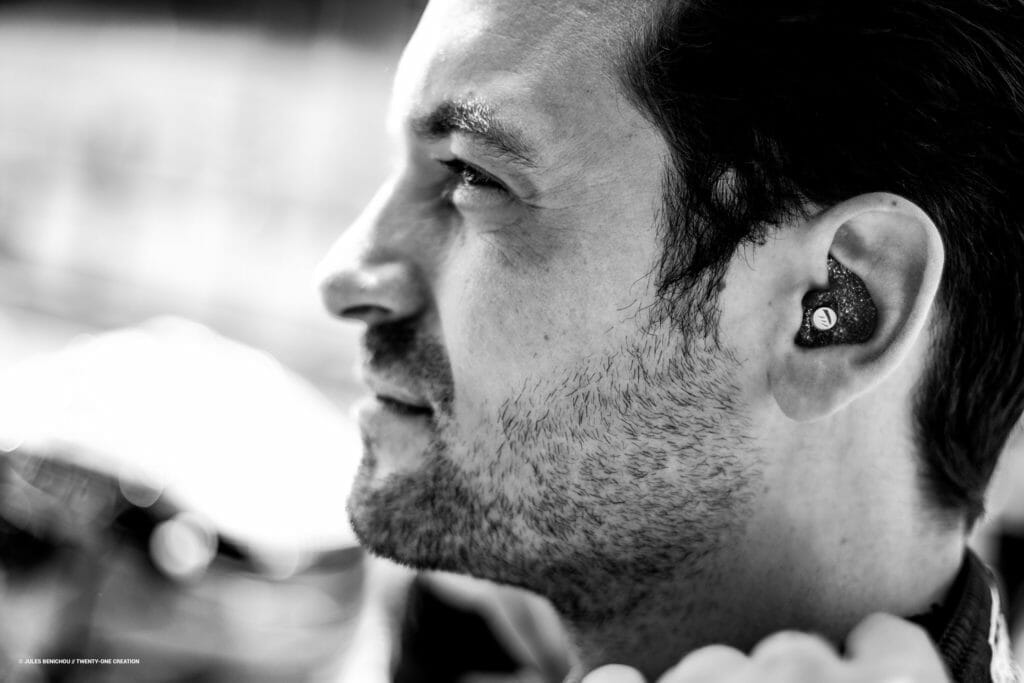
Snugs Ambassador Matthew Larbey likes to have different filter options so he can change them depending on conditions – “like my rising engine revs on a day where the wind has changed, where other cars in close proximity to mine etc.” You can order spare, replacement filters here.
So, if you are a regular on the racetrack, make sure your ears are protected! For maximum levels of protection, you need a custom fit earplug which matches the size and shape of your ear canal to give the best seal. You can read more and order SnugsMoto Protect here.
Testimonial – Caterham driver Matthew Larbey
Snugs Ambassador Matthew Larbey uses his Snugs whilst racing his Caterham in the Caterham Academy Series 2022:
“Our open race cockpits are a pretty hostile place to be from a noise perspective and I was starting to experience hearing issues that would last for a few days after each test session.
I had started using disposable earplugs but these never gave a great seal for isolation and were a bit of a pain to use.
Given that you can’t really ‘try’ custom mould plugs like SnugsMoto, I was worried that the product wouldn’t do what I wanted and that the comfort would not be right or that the balance between protection/isolation would be too little/too much. I took the plunge however and I couldn’t be more happy with the end result. The fit is amazing, comfortable and I forget about them when they are in.
I hear all of what I need to race competitively but have the protection so that my hearing isn’t being impaired afterwards.”




